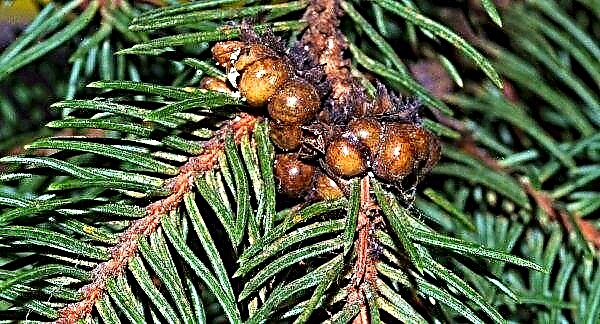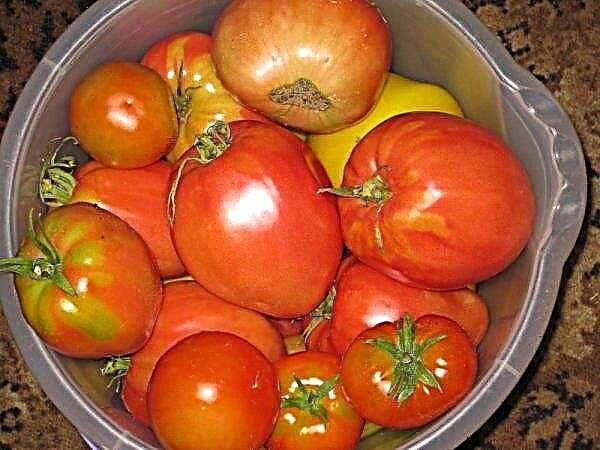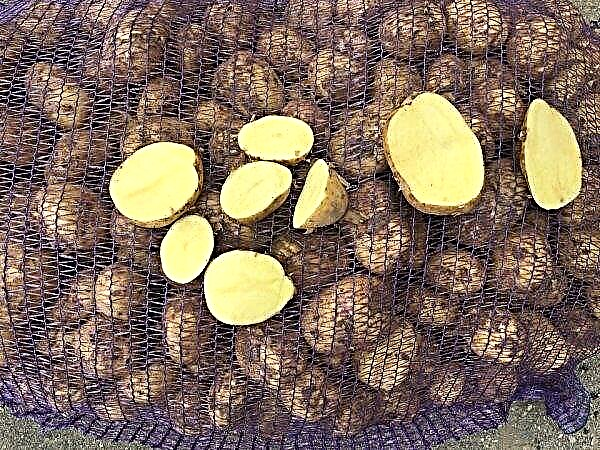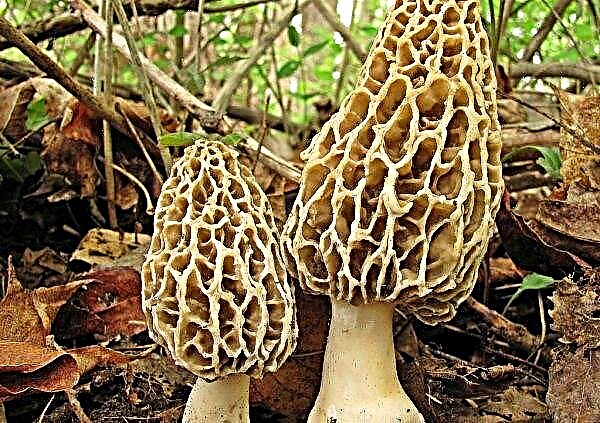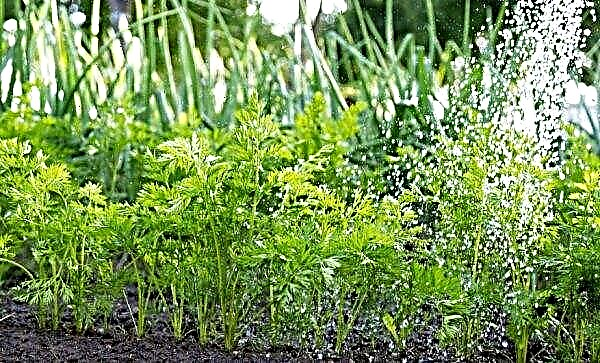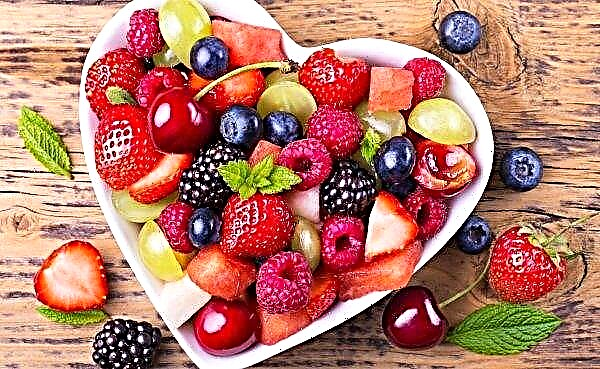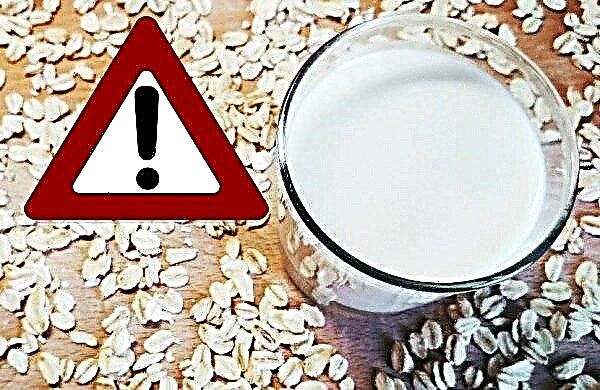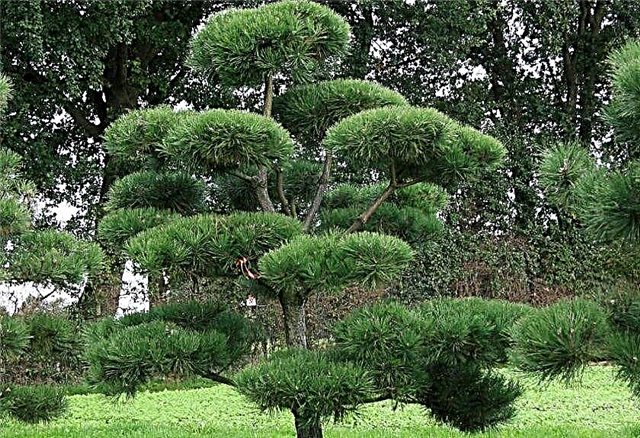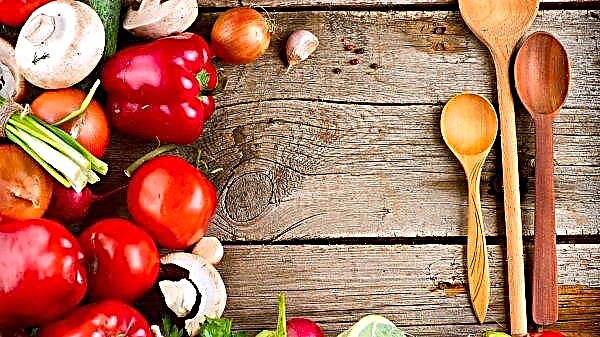Watermelon, is a huge berry, painted in green and black stripes, which people loved with its sweet, juicy pulp. Connoisseurs of watermelons know that the berry has gender differences. How to accurately determine the gender of a watermelon and how to choose a product without nitrates, read below.
When is the best time to buy watermelon?
Watermelons ripen from mid-August to the end of September, which is an ideal period for buying berries. If you saw the fruits on the store shelves in the month of July, then most likely they are imported or grown on nitrates, which is dangerous to human health. Imported berries are also fraught with danger for the consumer, because no one probably knows when they were picked.

Often, overseas fruits pluck overgrass and already ripen during transportation, which negatively affects their taste and physical characteristics. Fruits grown on melon are distinguished by their juiciness and sugar structure, they begin to be harvested around the 20th of August, so at the end of summer you can safely make a purchase of the product.
Where is safer to buy watermelon
Proper storage and transportation of the product affects the period of its sale and taste, so it is very important to know the region or country of cultivation of berries.
Implementation is carried out:
- in supermarkets;
- on the market;
- near the road.
Important! Buying watermelons near the roadway is very dangerous, because the berries are under the influence of exhaust gases and dust.
According to sanitary standards, when selling gourds, the seller must correctly equip the place of sale:
- products must be on pallets whose height is at least 20 cm;
- it is necessary to have shelter from rain and sun.
Shop purchase
When buying in a store, you must know the place of growth of the fetus, as well as view the quality certificate. Do not buy already cut berries, because if stored improperly and for a long time, pathogenic bacteria can multiply in them.

Most often, fruits are brought to the store from countries such as Iran, Kazakhstan, Morocco. But, such products may contain a large amount of nitrates, which are used for quick ripening and long-term storage of the product. A test conducted in an independent laboratory of the sanitary epidemiological station for the amount of harmful substances in a watermelon from a supermarket showed a result of 210 mg / kg, with a norm of 60 mg / kg, which indicates a great risk of poisoning when using the product.
Did you know? In the world there are more than 1200 varieties of watermelon grown in 96 countries.
Market purchase
When buying in the market trade pavilion, it is also necessary to find out the place of fruit growing and see their quality certificate, which indicates the safety of the use of this product. A test for checking nitrates showed that the berry purchased on the market contains 70 mg / kg, while the norm is 60 mg / kg.
Differences Boy and Girl
It is known that watermelons are divided by gender.
With ease to determine the gender of the berry, the following recommendations will help:
- If the surface on the opposite side of the tail is convex - then the watermelon is “boy”, if there is a hollow, it is “watermelon”.
- It is necessary to evaluate the trace of the stalk. A small speck indicates a male field, a large trace of about 2-3 cm about a female.

How to choose a ripe and sweet watermelon
To choose a ripe, and most importantly, sweet fruit, you need to pay attention to:
- skin color;
- aroma;
- the size;
- sound
- tail;
- spot on the side.
To size
A sweet fruit, it is very easy to distinguish by size - it should be large or medium, because small berries often have a neutral taste.
By sound and crunch
The degree of maturity of the fetus can be determined by the characteristic sound. Taking a watermelon in your left palm, you need to tap it from the bottom to the top with your right hand, if the berry has ripened, a tangible vibration will pass through your left hand. If there is no vibration, then the fetus is considered unripe.

How to find out the degree of ripeness of the berry and choose the sweetest fruit, will tell you the degree of density of the peel. A thin, loose peel is indicated by its easy piercing, when pressed with a fingernail, such a berry is immature.
The appearance of the peel
The peel should be:
- no cracks;
- minor scratches;
- the picture is clear, not dull.
By smell
The ripe fruit has a rich aroma that attracts bees and wasps. If wasps swarm near the berries, then they have already ripened.
Side spot on the field
Ripeness is determined by the color of the spot on the side, which was formed due to the contact of the fetus with the ground, during ripening. The field spot should be yellow or light orange.

Important! If the field spot is white, then the watermelon was cut ahead of time.
Dry tail
The ripeness of the fetus is evidenced by a dry tail, which dried out as it grows and develops, and, after full ripening, detached from the general stem. If the stem is green and there is also a trace from the cut, it is an unripe fruit that was harvested from the melon ahead of time.
Signs of the action of nitrates on the berry
Signs of chemicals:
- unnatural shine of the peel;
- the soft part is bright red, not sugar;
- the presence of coarse veins, yellow tint;
- all seeds are unripe, have a white or light brown color.
Video: how to choose a watermelon and check for nitrates
If you need to make sure at home whether there are harmful substances in the berry, use the test method with water. You need to take a glass of clean water and place a crushed piece of fruit pulp in it, if the liquid changes color to rich pink or red, then the berry contains chemicals. When buying a watermelon, do not rely on the good faith of sellers. It is better to know the rules for choosing fruits yourself, in order to avoid poisoning the purchase of an immature or chemical poisoned product.


